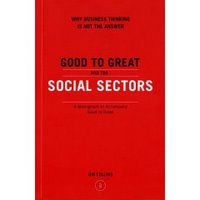
Here (from the Center for Citizen Media) are Dan Gillmor's media predictions for 2007. He structured them as multiple choice questions, many of which had (all of the above) as an answer. I've taken his list and cut it down to those that I think could have bearing on philanthropy.
The growing role of citizen media is a key theme for Gillmor. I agree that this trend has fundamental implications for communities - who has information, who decides what gets shown or told, and where and how information is shared. These changing power dynamics will be at the heart of changed philanthropy. Here's Gillmor's list - see if you agree that, if these things come true, philanthropy should pay attention.
1. The biggest network-news shock will occur when:
c. Google launches a highly viewed daily “newscast” featuring editor- and audience-selected YouTube videos, and syndicates the program to independent TV stations
2. CNN will:
C. Create a system to routinely paying citizen journalists for their videos
3. Local TV news shows will:
C. Attempt to persuade citizen journalists to provide all the content without compensation
D. Collaborate with citizen journalists, and pay them, to produce more comprehensive reports
9. The most important journalism innovation will be:
A. The combination of reputation and popularity in selecting news that matters
C. A major investigation, reported in part by the audience, leading to significant state and/or federal legislation
10. A prominent blogger will:
C. Win a MacArthur “genius” grant



























